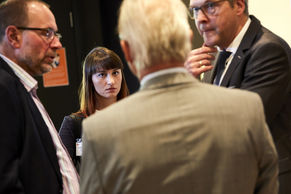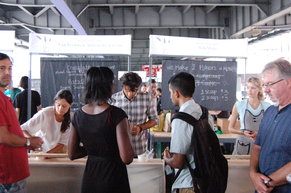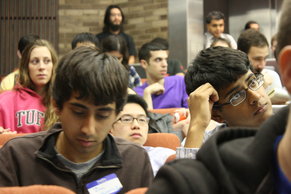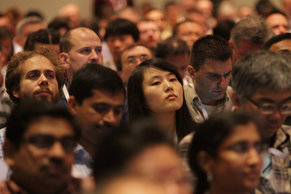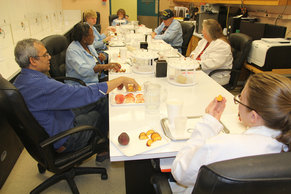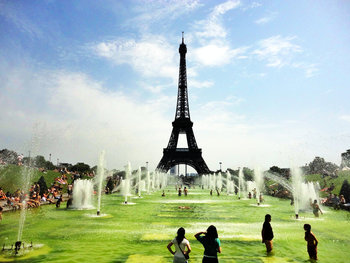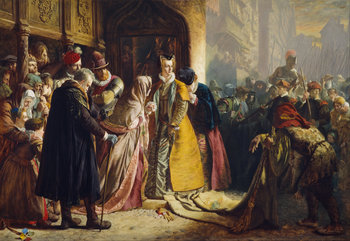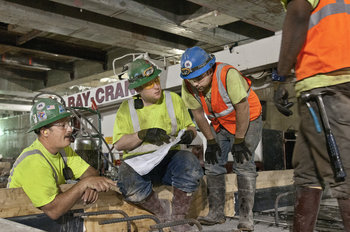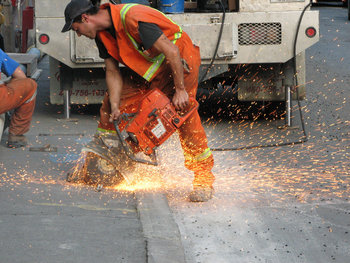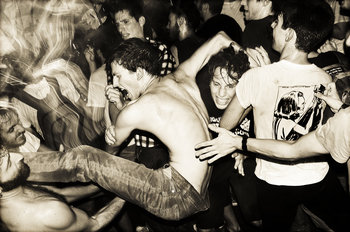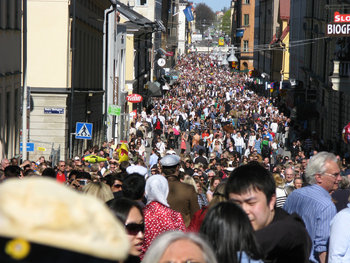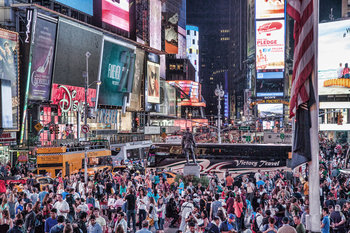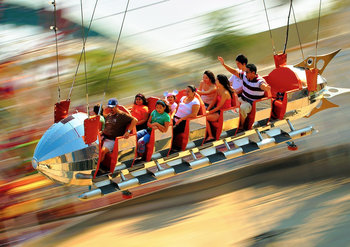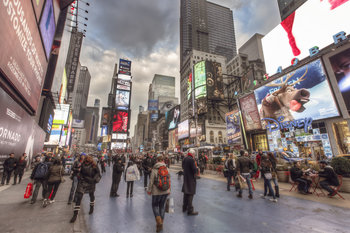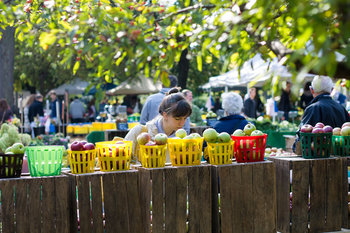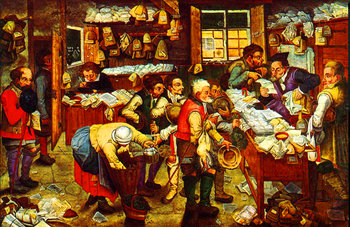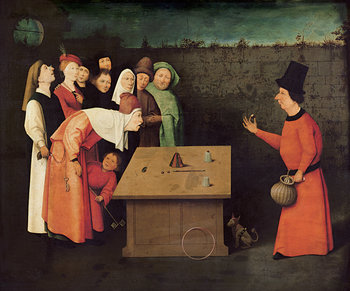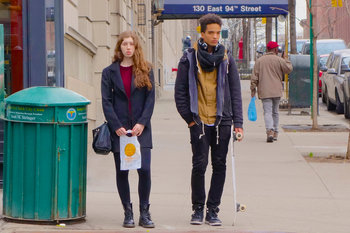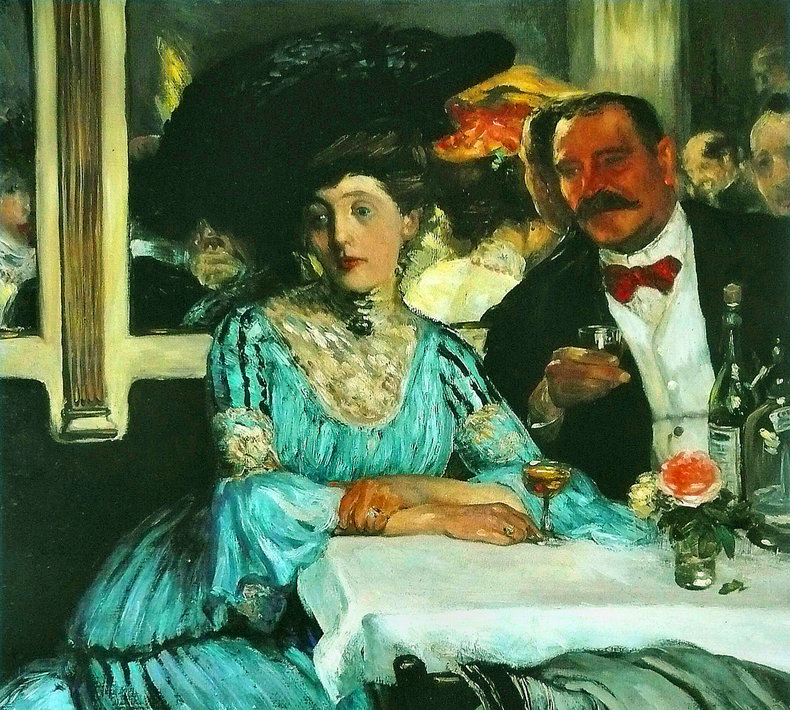
Merchant Class
The bourgeoisie first emerged in 11th century Europe as a class of craftsman, artisans and merchants who lived in urban areas known as bourgs. They self-organized into societies known as guilds in order to monopolize their trade. The merchant class were vastly more productive than the peasant class and profited by employing workers. They were also able to resist handing all of their money over to feudal lords due to the political power of their guilds.Political Class
The American and French revolutions of the late 18th century overthrew systems of colonialism and monarchy. This inspired vast political changes across Europe such that liberal democracies and republics began to replace absolute monarchies. The bourgeoisie began to actively pursue formal and informal political power and policies of free markets, free trade and property rights.Capitalist Class
With the industrial revolution of the early 19th century, new production methods were introduced that were capital intensive and highly scalable. With automation, productivity and efficiency increased and employing the proletariat became more profitable than ever. This created a new class of capitalists that generated levels of wealth historically associated with royalty.Rent Seeking
Rent seeking is any pursuit that seeks wealth without creating value. For example, cronyism whereby politicians are able to use the resources of a nation to enrich friends who return the favor in kind. This is a common path to building and sustaining bourgeoisie wealth.Entrepreneurs
Another path to bourgeoisie economic status is to conquer markets with new products, business models, marketing approaches or cost cutting techniques.Leadership
Capitalism created large firms that controlled significant wealth. Such firms may seek to minimize the pay of the proletariat but may pay executives and senior managers enough to place them firmly in the upper middle class or upper class.Materialism
The bourgeoisie introduced materialist philosophies such as modernism. This challenged the dominance of religion in European society with the idea that nothing is spiritual and everything is simply physical.Middle Class
Both the bourgeoisie and proletariat benefited from the rising productivity and efficiency rates in developed countries driven by automation and new production techniques such as interchangeable parts. This created a large middle class. Where the bourgeoisie is defined by their ownership of capital, the middle class is more generally defined as families that generate significant disposable income. This provides families and individuals with choices such that they can improve themselves, accumulate capital or enjoy leisure. Not all middle class can be considered bourgeoisie as they may not own capital and therefore depend solely on their labor for income.Leisure Class
Historically, most people didn't have the money or time for leisure and this was a luxury of the ruling class. The arrival of industrialization changed this as working hours shortened, pay increased and workers were given holidays. This created a large leisure class whereby billions of people on a global basis now take holidays and enjoy leisure activities on a regular basis. Exotic, unusually long, unusually short and luxurious holidays are status symbols that are one way that bourgeoisie signal their wealth and freedom.Social Status
Social status is the respect you obtain from others. This can be based on factors such as wealth, intelligence, accomplishments, popularity, experiences, physical appearance, fitness, youth, freedom and coolness. The bourgeoisie tend to be fiercely socially competitive and competent such that they build and sustain considerable status.Conspicuous Consumption
Conspicuous consumption is spending that is aimed at producing social status. This is often as outlandish and noticeable as possible. The means of signalling wealth differ greatly by economic status. For example, a super wealthy individual may dress normcore but signal wealth with a series of houses that are architectural marvels.Conspicuous Conservation
Conspicuous conservation is spending aimed at creating a virtuous image. At the highest level, this can involve founding charities in your own name.Petite Bourgeoisie
The petite bourgeoisie is the lowest economic class that is considered bourgeoisie. They own capital and it improves their living standard but also must work for a living. For example, a professional with a reasonably good salary who owns stocks and rental properties. The term petite bourgeoisie is often used in a derogatory sense to indicate individuals who adopt the mannerisms of the upper class without having the same level of wealth.Intelligentsia
A class of highly educated individuals who remain engaged in purely intellectual pursuits throughout their lives such as academics, artists, writers and journalists. The bourgeoisie tend to be educated and often consider themselves intelligentsia. Likewise, the intelligentsia may view themselves as bourgeoisie even if they aren't particularly wealthy.High Culture
High culture is any culture that is recognized as valuable by powerful institutions. The bourgeoisie tend to support and participate in high culture. For example, they may commission paintings from up and coming artists as a means to grow cultural connections.Cultural Capital
Cultural capital is a set of shared experiences, knowledge and norms that allow an individual to influence within the context of a culture. The bourgeoisie have a unique culture such that they can quickly determine if others are from the same upper class background.Relational Capital
Relational capital are the relationships established by an individual or family. The upper class often belong to the same networks of friends and professional connections such that they know the same people.Moyenne Bourgeoisie
The moyenne bourgeoisie is a term for upper middle class economic status whereby a family could live off their capital alone, i.e. without working, if they so chose. Adding "moyenne" to bourgeoisie indicates a family that is not super rich.Cosmopolitanism
Cosmopolitanism is an enthusiasm for other cultures and ability to communicate, influence and enjoy shared experiences outside your own culture. This is heavily associated with the bourgeoisie as they tend to interact with other cultures through travel, business, education and by living in large global cities such as New York, London, Paris or Singapore.Old Money
Old money is a term for families that have sustained bourgeoisie status for at least 5 generations such that they have extensive cultural and relational capital that marks them as unequivocally upper class. In some cases, families with deep cultural capital that enables them to get along with the upper class run out of actual money such that they risk a decline in status. As such, the discipline to use capital wisely such that it is sustained for many generations is a core virtue of upper class culture. For example, old money may not recklessly show off wealth as this can attract elements such as shadowy investment advisors intent on separating the family and its money.Nouveau Riche
Nouveau riche denotes a family that has recently become upper class. These individuals lack the cultural capital and relational capital of old money families and may have difficulty fitting in. In many cases, the nouveau riche make mistakes that the old money families have avoided such as overconsumption, overconfidence and conspicuous consumption such that they revert to the middle class within a few generations.Summary
The following is a basic overview of the bourgeoisie with examples of who may qualify.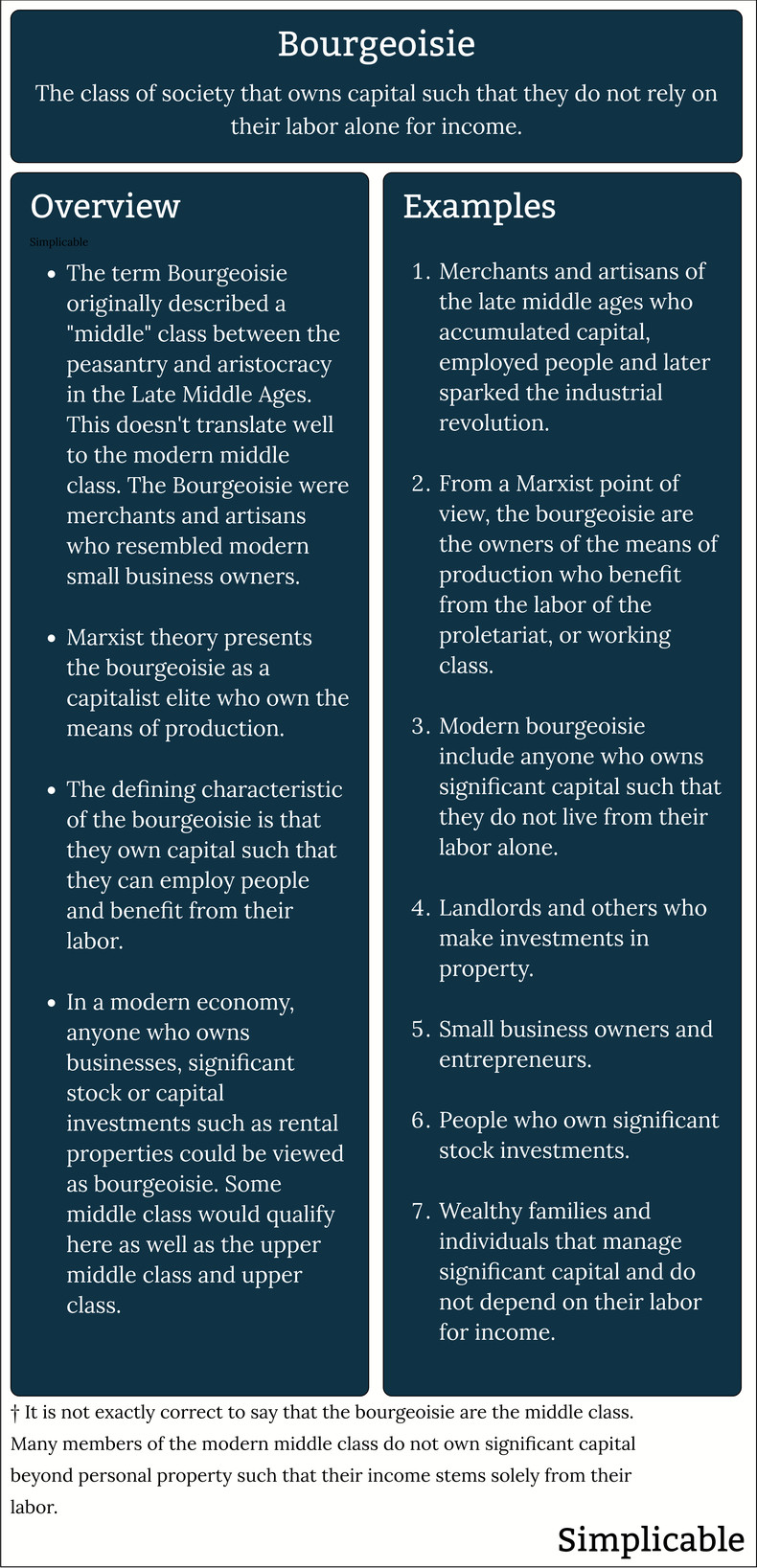
| Overview: Bourgeoisie | ||
Type | ||
Definition | A social and economic class that owns significant capital such that they can partially or completely live off their capital without laboring. | |
Also Known As | Bourgeois | |
Associated With | Upper ClassUpper Middle Class | |
Related Concepts | ||





